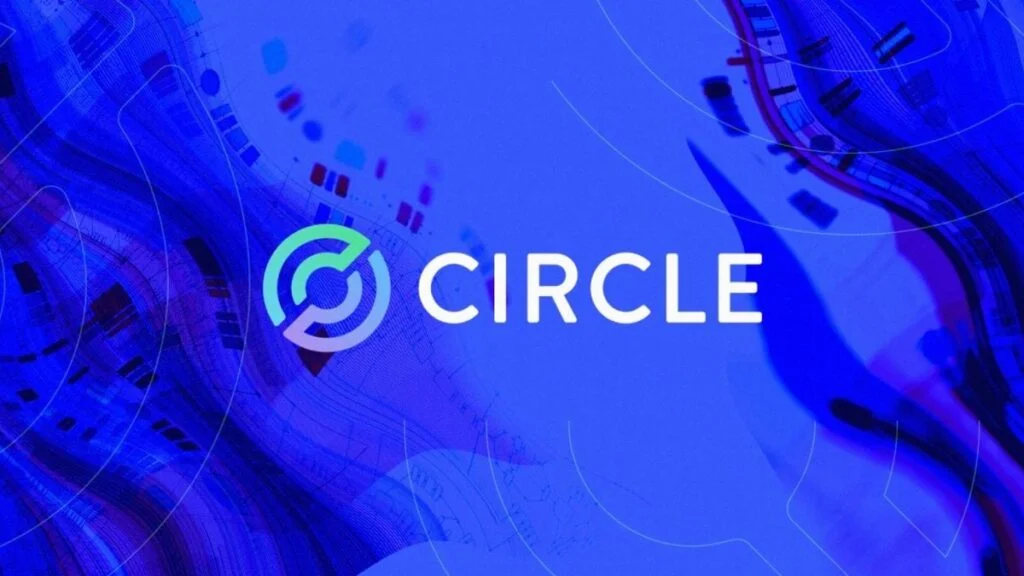Circle, the creator of US Dollar Coin (USDC), has launched a mainnet protocol that lets users transfer USDC between Ethereum and Avalanche.

Before, users of Avalanche who had USDC on Ethereum had to deposit their coins with a Circle partner or utilize a third-party bridge to move their USDC from one network to the other.
It seems that the new Cross-Chain Transfer Protocol (CCTP) protocol eliminates the requirement for USDC bridges. On April 13, the team published a video demonstrating the new technique in action.
It doesn’t lock tokens delivered to its contract like a conventional bridge does. On the receiving network, new tokens are instead created and the old ones are fully destroyed.
By storing these new tokens with Circle or one of its partners, users can easily exchange them for bank deposits. The team stated in the statement that it anticipates CCTP will address the issue of “fragmentation” in the Web3 environment.
The majority of the unauthorised versions of USDC that are currently floating around on other networks are the consequence of tokens on one network being bridged to another.
The team anticipates that the use of these unauthorised copies will gradually reduce now that there is a formal means to transfer money from one network to another, making the token easier to use.
The majority of the biggest cross-chain protocols, including Celer, Hyperlane, LayerZero, LI.FI, MetaMask, Wormhole, and others, have already stated their intention to use CCTP going forward, according to the team.
The new protocol, according to Circle’s vice president of product Joao Reginatto, would enhance capital efficiency and liquidity in decentralized finance:
“With CCTP, developers can simplify the user experience and their users can trust that they are always transacting with a highly liquid, safe and fungible asset in native USDC.”
Circle has released USDC, a stablecoin backed by money. Each USDC token, according to the firm, is backed dollar for dollar in reserves. Users can create an account and deposit funds with Circle or one of its partners, like Coinbase, to create USDC.
They can then receive the coin on numerous networks, including Ethereum, Avalanche, Stellar, and Polkadot, after completing this step. Over the past few years, bridge hacks have caused users to lose billions of dollars’ worth of USDC and other cryptocurrencies, as attackers have consistently learned how to take locked money from bridge contracts and leave their copies on the receiving network without any backing. Developers are now unsure of how to safeguard bridges for potential use as digital assets gain greater popularity.

